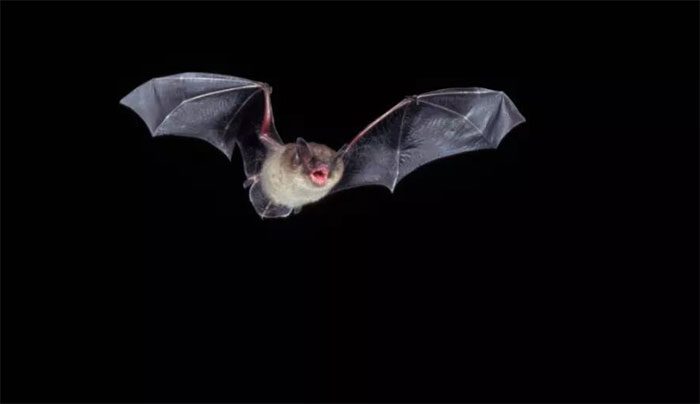Thousands of new viruses have been discovered, appearing in the air, animals, oceans, and even falling from the sky. They are silently evolving at a rapid pace, prompting humanity to remain vigilant.
Viruses were first identified in 1892, and scientists are still uncovering new secrets about them today.
Viruses are not fully living organisms and cannot reproduce on their own. Instead, they arise from genetic material, typically DNA or RNA, encased in a protein coat.

SARS-CoV-2 often mutates by deleting small sections of its genetic code – (Image: GETTY).
Due to their ability to integrate their genetic code into that of their host, viral genes have been found hidden within the genetic material of many organisms worldwide, from bacteria to humans, from deep beneath the ocean to ancient ice in the Arctic.
Below are some recent findings about viruses that scientists have discovered.
Coronaviruses Mutate Silently with No Warning Signs
Over the past four years, SARS-CoV-2 has developed numerous mutations leading to various variants around the world. But why does this happen?
In a publication from February 2021 in the journal Science, scientists shed light on how the virus mutates so easily and why these mutations “escape” the body’s immune response.
Researchers found that SARS-CoV-2 often mutates by deleting small sections of its genetic code. These deletion sites often occur at similar points on the genome, which are also the points where human antibodies would bind and inactivate the virus. Consequently, many antibodies fail to recognize the newly emerged virus.
Thousands of new viruses found in the world’s oceans
According to Live Science, researchers recently analyzed over 35,000 water samples from around the world, searching for RNA viruses, or viruses that use RNA as their genetic material, and identified more than 5,000 new species of viruses in the world’s oceans.
The diversity of newly discovered viruses is so vast that researchers have proposed doubling the number of taxonomic groups needed to classify RNA viruses.
All RNA viruses contain an ancient gene called RdRp, which is billions of years old. These viruses can mutate in ways that are difficult to predict, and there is no doubt they could lead to new pandemics.

Thousands of new viruses have been discovered, appearing in the air, animals, oceans, and even falling from the sky – (Image: GETTY)
Thousands of Viruses Found in the Human Gut
In a study published in February 2021 in the journal Cell, scientists analyzed over 28,000 samples of microorganisms from the human gut across 28 countries and discovered more than 70,000 previously unknown types of viruses hidden within.
Notably, all newly discovered viruses are bacteriophages, or viruses that infect bacteria.
Fortunately, an individual will only carry a small fraction of the newly discovered viruses, and most of these viruses are not harmful to humans.

Viruses are silently evolving at a rapid pace, prompting humanity to remain vigilant – (Image: GETTY).
Viruses Can Literally Fall from the Sky
For years, researchers have wondered why genetically similar viruses can be found far apart on Earth. The answer is that viruses can travel through the atmosphere via air currents.
In a paper published in January 2018 in the Journal of Multidisciplinary Microbial Ecology, researchers reported that viruses can attach to soil or water particles and rise high into the troposphere, eventually falling to a completely new location on Earth.
Researchers also discovered that when viruses reach the troposphere, at altitudes of about 2,500-3,000 meters above the Earth’s surface, they can travel much farther than when at lower altitudes. Due to the influence of air currents, a certain square meter of Earth’s surface can contain hundreds of millions of viruses in a single day.
Which Virus Will Cause the Next Pandemic?
SARS-CoV-2 is the latest pathogen to “spill over” from animals to humans, but hundreds of thousands of other viruses lurking in animals pose a similar threat.
According to SpillOver, an online tool that ranks viruses based on their potential to infect humans from animals and cause pandemics, among the viruses not yet sourced from animals, the highest-ranked virus – or the virus with the highest potential for transmission from animals to humans and causing a pandemic – is coronavirus 229E (bat strain), which belongs to the same family of viruses as SARS-CoV-2 and infects bats in Africa.
Another leading virus is coronavirus PREDICT CoV-35, also belonging to the coronavirus family and infecting bats in Africa and Southeast Asia.
Researchers hope this accessible tool can be used by scientists, policymakers, and other public health officials to prioritize research, monitoring, and risk mitigation efforts, such as developing vaccines or treatment therapies before an outbreak occurs.


















































